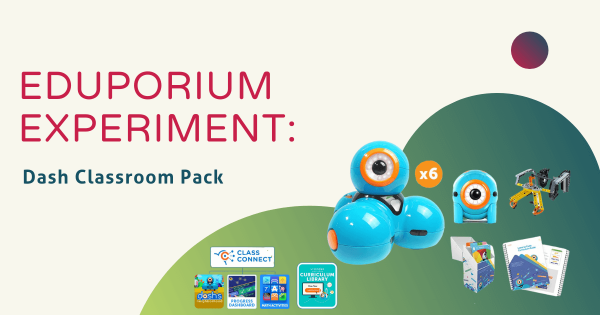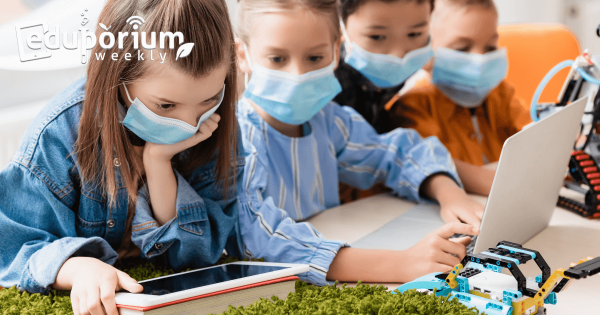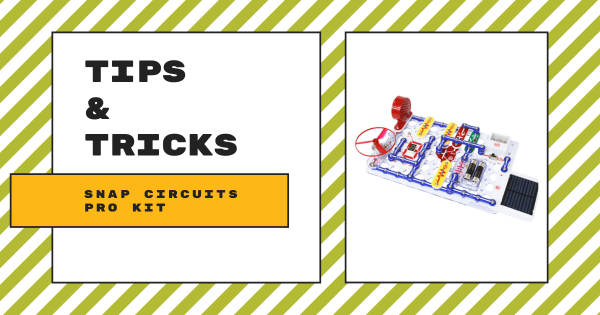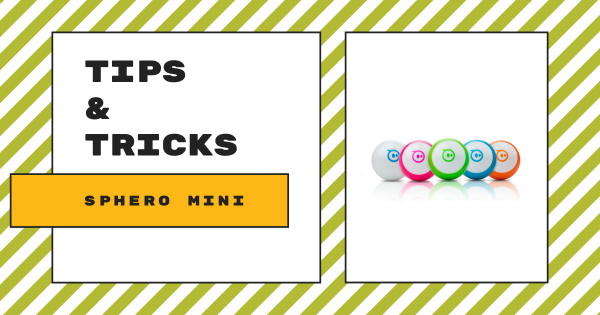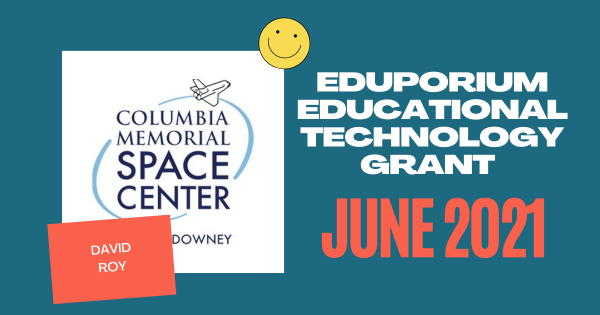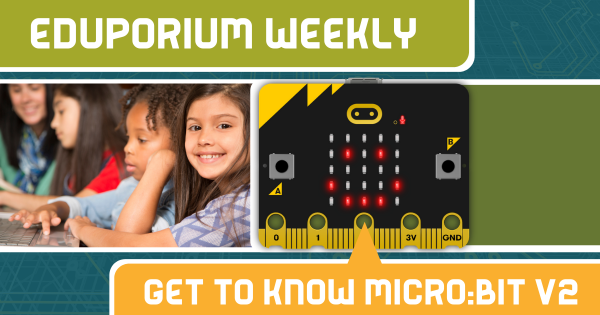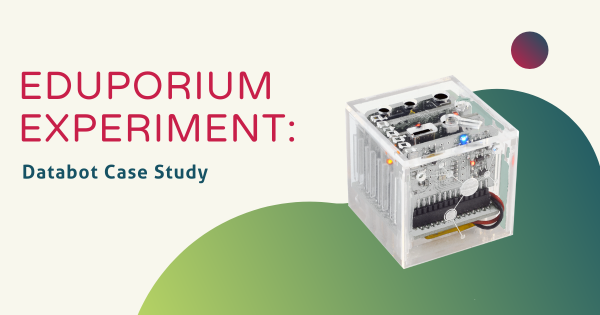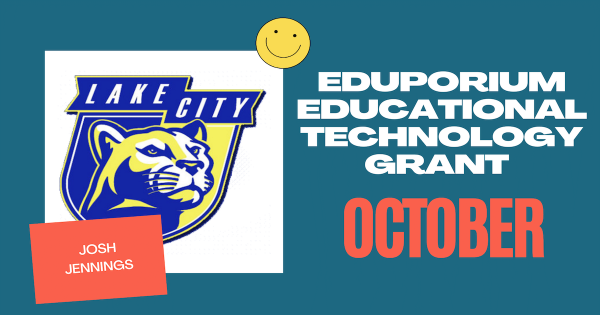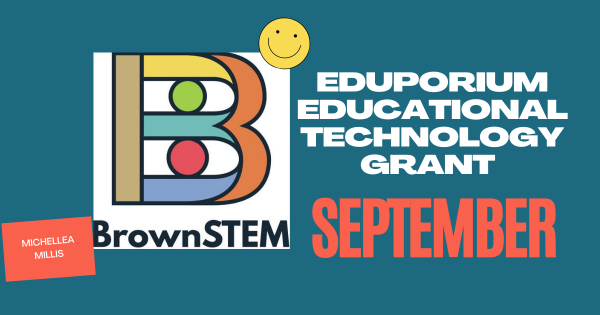These class packs help ensure educators deliver efficient instruction, provide actionable feedback to students, and maximize the teaching potential of the Dash. Recently revamped, the latest Dash Classroom Packs are perfect for introductory coding lessons and continue to be an incredibly effective option for facilitating high-quality STEM lesson plans.
Search results for 'afterschool'
-
Eduporium Weekly | STEM Education in the Pandemic Era
Whether it’s classroom teachers or challenges students themselves are facing, it’s a different environment when it comes to STEM instruction. Since the value of of these classes lies in their hands-on nature, it’s been quite a physical and mental adjustment trying to provide students with the experiences they need. -
Tips & Tricks | Snap Circuits Pro Kit
If you’re teaching circuitry and want to get hands-on, Snap Circuits is the perfect entry into building circuits for students eight and older. Students can use these pieces to snap building blocks together to form functional circuits and there are none of the safety risks associated with more advanced wiring. Read on to learn more about the Snap Circuits system. -
Tips & Tricks | Getting Started with the Sphero Mini
Using this tiny tool, students can start to learn all about computer science concepts and even drive the robot using their facial expressions. It’s a great option for getting started with robotics in the classroom and offers a smooth initial experience for coding during the school day or in an afterschool robotics club. Keep reading to learn more about it! -
Our EdTech Grant Awardee for June 2021 is David Roy
David is largely responsible for creating valuable afterschool STEM opportunities for students. Through the Maker Mentor Program, in particular, he’s helped connect students with makers in their community. Read on to learn more about him, including his plans for teaching with drones and 3D printers as well as what he’ll receive from us. -
How STEM Teachers Can 'Rev Up Robotics' in the Classroom
Jorge Valenzuela has become an influential figure in STEM education with experience in both classroom and online teaching as well as higher education instruction. He worked in the Richmond Public Schools system for 10 years and helped build their Tech Ed program. In recent years, he’s shared his experiences, including in his book! -
Eduporium Weekly | Get To Know The micro:bit V2
In terms of its looks, the micro:bit V2 is very similar to the original micro:bit and even costs roughly the same as well. It has tons of added capabilities, however, and can bring exciting new wrinkles to coding education with the addition of a built-in speaker, a built-in microphone, and a redesigned LED matrix for creating programs. Keep reading to -
Eduporium Experiment | The databot In Remote Learning
While it’s not the environment we’d all want to be using the databot in, this post paints a prime picture of how the databot is adaptable in almost every learning situation! Keep on reading to learn more about how teachers have found success using this data-collecting bot in different learning scenarios and with their students of all different ages. -
October Grant: Congrats To Josh Jennings + The CODE Program
We are pleased to announce we’ve awarded our tech grant for October to Josh Jennings, who’s a high school teacher in the Florence County School District 3! Josh helps head up their Panther CODE (Creating Opportunities for Developing Engineers) program after school, which was established to give some underrepresented students more exposure to STEM. -
September Tech Grant: And, The Award Goes To Michellea Millis!
Joining eight previous STEM grant recipients for the calendar year of 2020, we have presented September’s award to Michellea Millis, an administrator with the BrownSTEM afterschool program that’s based in San Antonio, TX. She works with underrepresented African-American and Latinx students to help create STEM experiences and we’re excited to award her this grant!



